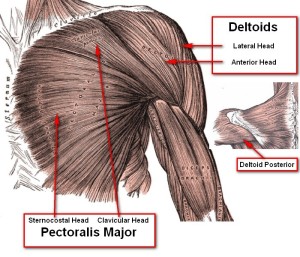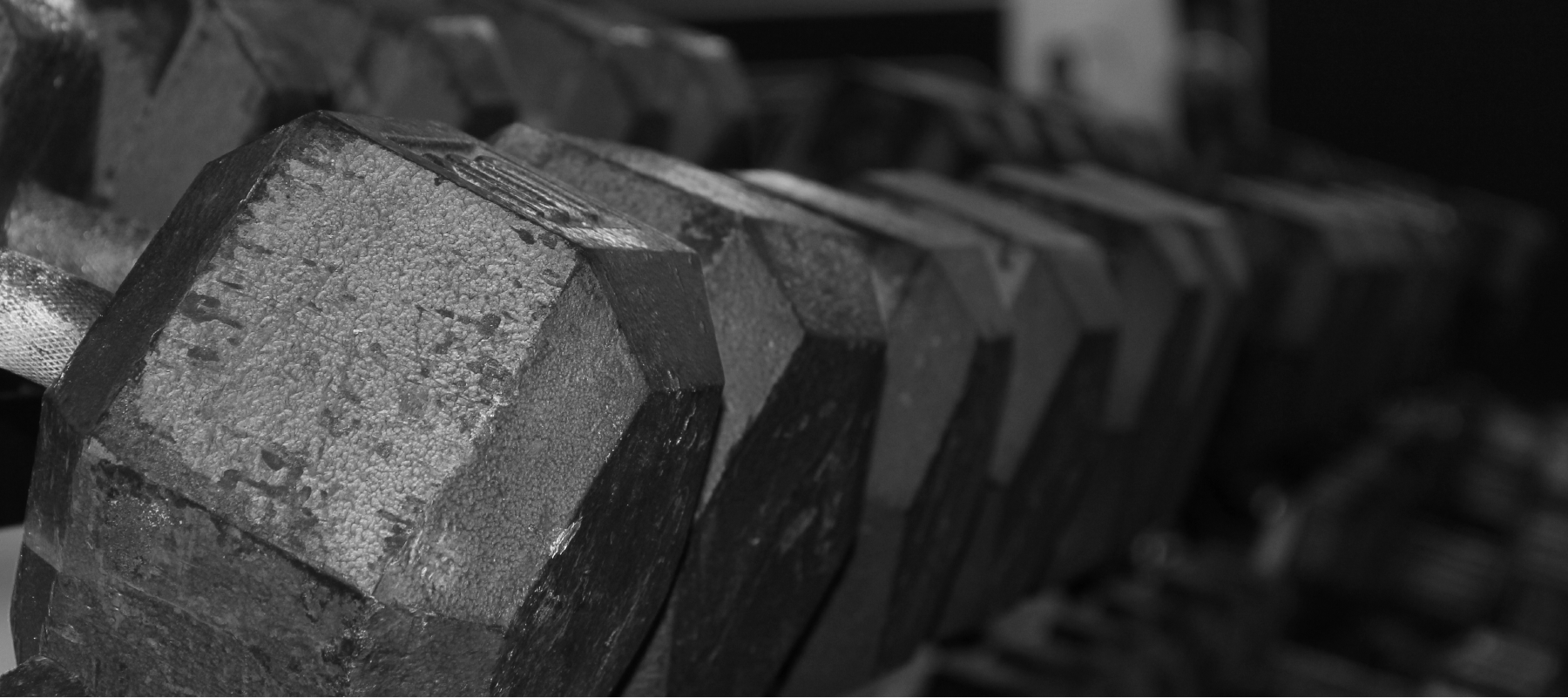Today’s post will piggy-back off of the piece Peter recently wrote regarding the pros and cons of the bench press. I hope to keep it short and sweet. Or perhaps just short; we shall see.
A few years ago I read an article by Christian Thibaudeau in which he wrote that he had stopped performing the conventional bench press. Instead, Thibaudeau adopted what he called the “Three-Degree Decline” Bench Press. This variation is essentially identical to the conventional bench press, with the minor alteration of placing a 25- or 45-pound plate underneath the foot of the bench, putting the bench at a slight decline. Thibaudeau claims that this slight decline makes pressing safer for the shoulders and more effective for targeting the pecs. Interestingly, he illustrates the effect of adding a slight decline as similar to what is accomplished by the big arch of the back that you see in the technique of elite lifters. When I first read the article, I was admittedly skeptical because it seemed to me that such a small adjustment couldn’t yield the significant effects that Thibaudeau described. As this post’s title suggests, however, my initial reaction was wrong.
When I first tried Thibaudeau’s variation (it’s worth nothing that I used dumbbells instead of a barbell), I immediately felt a difference in the movement and thought to myself, “I’m never going to perform a flat bench press ever again.” Just like Thibaudeau had said, my shoulders felt much less strain and it felt as if my pecs were working more. Moreover, since my number-one training goal is to not hurt myself and my shoulders are “jacked up” from years of baseball, wrestling and other shoulder-intensive sports, this exercise has become a staple in my upper body routine. I rarely perform the exercise with a barbell, since my shoulders have considerable internal rotation deficits, which is an issue Peter addressed in his post.

In keeping the importance of an evidence-based approach in mind, I need to emphasize that the evidence Thibaudeau presents for the benefit of this exercise variation is anecdotal, and not controlled research. Peter shared with me a neat study by Barnett et al. from 1995, however, that analyzed the effect of barbell bench press angle and grip width on muscle EMG activity of several different shoulder muscles. The results of this study lay credence to some of Thibaudeau’s assertions and refute others:
-both the clavicular head of pectoralis major (upper pecs), and the sternocostal head of pectoralis major (lower pecs) exhibited significantly higher EMG activity in the horizontal bench press than the decline bench press
-anterior deltoid activity EMG activity exhibited a direct relationship with trunk inclination during the bench press; in other words, anterior deltoid activity tended to decrease as trunk inclination decreased, meaning the decline bench press tended to result in less anterior deltoid activity than the horizontal bench press
-the long head of the triceps brachii exhibited similar EMG activity in the horizontal and decline bench presses
With regards to Thibaudeau’s claims, the study’s findings must be taken with a grain of salt because the researchers used an 18-degree decline; since Thibaudeau advocates a 3-degree decline the results of the study won’t necessarily translate, or at least may not be statistically significant. Nonetheless, the data suggests that the decline press does indeed reduce demand on the anterior deltoid (front of the shoulder), at least from an EMG activity standpoint, when compared to a flat bench press. With regards to the pectoral musculature, the data suggests that Thibaudeau’s claim that chest activity increases with addition of a decline is actually false–subjects tended to show a decreased EMG activity in both heads of the pectoralis major during the decline bench press when compared to the flat bench press. In fact, the researchers posited that “any benefits of varying the bench inclination for the pectoralis major are more likely to due psychological or biological factors (other than the quantity of EMG activation).” In summary, anecdotal reports of decreased shoulder stress may be valid, while reports of increased chest activation are likely due to placebo or some unspecified biological phenomenon.
As for how I incorporate this variation in my own routine, I still prioritize pressing exercises that allow my scapulae to move freely along my ribcage, such as push-ups and cable press variations. The two variations of the Three-Degree Decline Bench Press that I’ve especially come to like, however, are the bilateral and unilateral dumbbell versions. Thus, the majority of my pressing volume comes from exercises that allow the scapulae to move, and I’ll supplement that with a few pressing exercises that fix my scapulae in place. Bottom line: if you’re someone who incorporates benching a lot, or really to any degree, then I highly recommend trying out the three-degree decline bench press and its variations.
